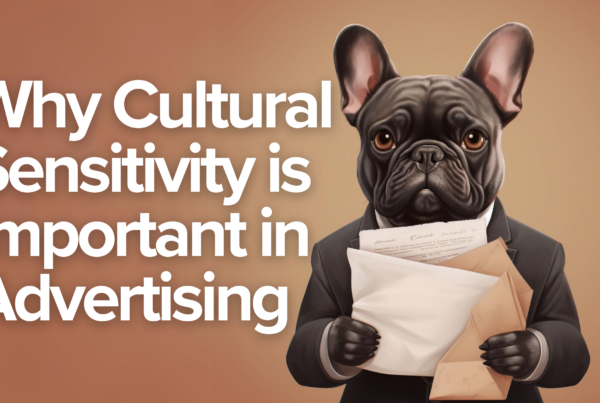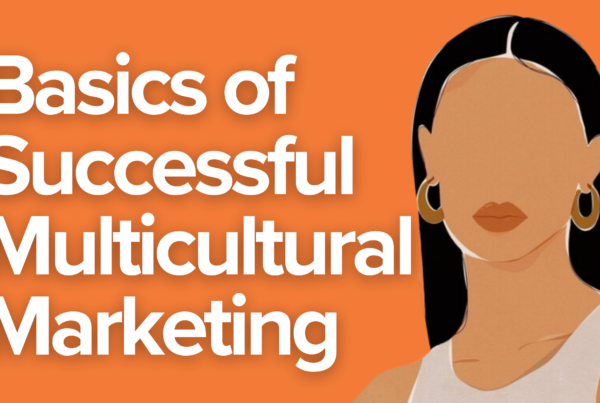Black & African American Marketing is becoming more than never essential to any company that wants to succeed in their business.
According to Pew Research, 78 % of Blacks say that the country has not developed enough to give Black people equal rights as Whites, and half of them are less optimistic about the possibilities of racial equality in the future.
Despite that, three-quarters of black adults confirm that being black is very important (52 %) or critical (22 %) to their identity.
Summary of this article:
We are going to discuss about:
- How Brands can better address the Black & African American Consumer?
- Best practices in Diversity Marketing
- How to better approach the Black Audience and African American Audience?
How Brands Can Better Address the Black & African American Consumer?
Today the voices of Black Lives Matter echo loud and clear on the streets and online.
BLM is a liberation movement, a symbol of determination to strive for an open and inclusive society. Brands cannot afford to be silent.
The most closely related names to the Black Lives Matter are not their leaders but the victims of the country’s cases of racism; Breonna Taylor, George Floyd, Michael Brown, Eric Garner, to name a few.
If you want to brand your company as believing in equality and inclusion, you will need to take concrete actions, that might start from having a more diverse workplace to promoting inclusion practices internally and externally.
Beware that a more Inclusive Marketing approach requires attention. Do not try to fool your Black & African-American Consumers by offering hollow lip service that is not being backed by real inclusive actions.
1. Understanding Racial Inequality
In 2013, George Zimmerman received an acquittal after he shot and killed Trayvon Martin in Florida.
The 17-year-old was returning from a grocery store after buying candy and iced tea. Mr. Zimmerman said the young unarmed black man looked suspicious; the outrage that followed birthed BLM.
BLM as a movement sparked out of systemic racism, inequality, and police brutality.
African-Americans own just 1/10 of the wealth of white Americans. In 2016, the social wealth of unpaid black households 25 years of age and older was less than one-tenth of the same white households.
Blacks have not recovered from the Great Recession. Before the Great Depression in 2007, black-owned public wealth was nearly 14 percent that of white. Although black wealth grew faster than whites in 2016, blacks still held less than 10 percent of white people’s wealth.
Data by APM Research Lab shows that black Americans have twice as many COVID deaths as other races, followed by indigenous races. The CDC reports that COVID 19 has hospitalized nearly five times more African Americans and Hispanics than Caucasians.
2. Making Statements is a Start, But it’s not enough.
Several major brands dove into redoing their logo and marketing messages in light of the global Black Lives Matter protests and the broader debate on racial equality.
“To be silent is to be complicit. Black lives matter,” Netflix tweeted. “We owe a responsibility to our Black members, staff, and talent to speak.”
The American agricultural federation, Land O’Lakes, also said it would change its packaging and removal of the Native American women image from its products.

Johnson and Johnson said it would stop selling its skin whitening Clean and Clear Fairness products in Asia.
3. Understand the Market Potential of Blacks
There are more than 50 million blacks in the United States. The black population has a spending power of more than $1 trillion every year. It’s no doubt then that BLM has highlighted the need for Multicultural Marketing.
4. Realize that Black and African American Are Not the Same
African American is a nationalistic term. So, African Americans are black people born in America as direct descendants of the enslaved African people.
Gradually, immigration to the United States has increased, with black people coming in from all over the world. Black is a more inclusive term.
Best Practices in Diversity Marketing Campaigns targeting the Black & African American Audiences
Here, Many brands made Black Lives Matter statements thinking of it is a short term trend. This was blackwashing with no real change in marketing strategies and no results to show for it. A few brands embraced the movement and are growing with it:
Show the face behind your Multicultural Marketing Campaign
So, Like other people, African American Audiences prefer to see who the face of the product is. The WNBA got this right with videos, photos, and quotes from African Americans and White Americans. It shows representation.
Highlight differences and celebrate similarities
Essentially, Understand the differences between Black and African Americans and their significant similarities. Therefore, They value the family, are very loyal to their community, and want progress in their neighborhoods. McDonald’s 365 Black Campaign is an example of how marketers can focus on these values to show Black and African American Audiences that they belong to the brand.
Realize that Black people are cultural influencers
Blacks and African Americans buy their statements – especially their culture and lifestyle. Research shows that all black consumption choices have a cool factor-an opportunity to influence other races’ consumption choices. For example, Apple’s Beats by Dre new advertising campaign called “You Love Me” captures this more elaborately by highlighting the daily beauty and rich diversity of black culture.

How to better approach Black Audiences and African American Audiences?
Listen and look closely. Hear them and genuinely engage with them. As you build relationships and trust your priorities, you can continue to strengthen communication and foster deep, lasting relationships.
Respect and empower black people. It is essential not to miss the mark when building business to business or business to consumer relationships with these audiences.
Do not ignore Black and African American Audiences
Blacks and African Americans Audiences make up 13.4 % of the total US population with a spending power of more than $1 trillion. This is an influential and dynamic audience. Embrace the culture not as a one-time thing but as a continuous effort for diversity and inclusivity.
HOW CAN PHU HELP YOU?
1. Understanding Racial Inequality
2. Making Statements that support the African American Community
3. Understand the Market Potential of African Americans
4. Realize that Black and African Americans are not the same
1. Show the face behind your Multicultural Marketing Campaign
2. Highlight differences and celebrate similarities
3. Realize that Black people are cultural influencers



